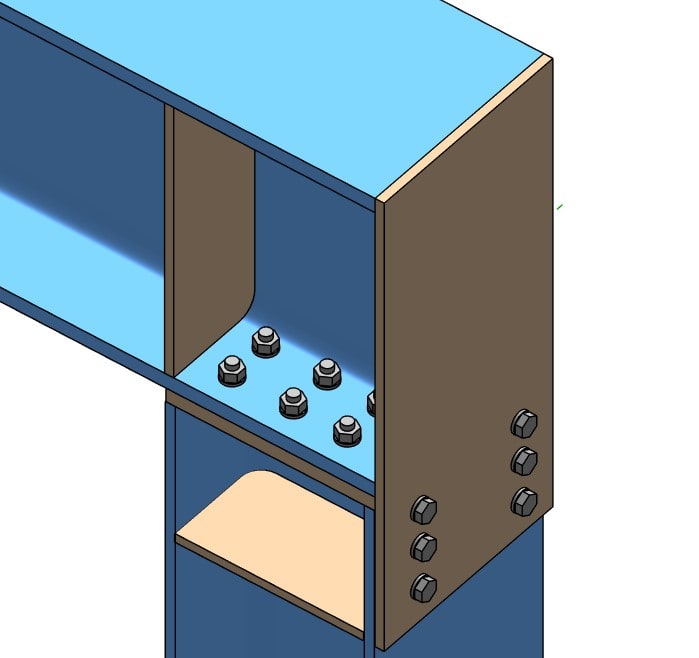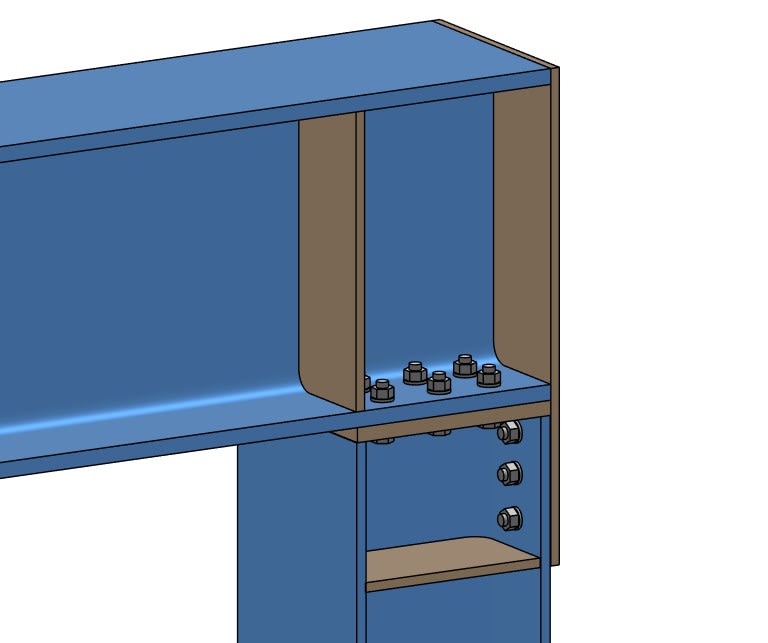NAFTALI-HAKOHEN
Civil/Environmental
- Apr 8, 2021
- 26
Hi all,
just wondering if attatched connection is a moment connection, as beam flange
is welded at top flange to a steel plate thats bolted to column flange.
what the weakest point of this connection and whats the main checks i need to do?
any tips for good programs to model and check steel connections in?
thanks
(first post !)


just wondering if attatched connection is a moment connection, as beam flange
is welded at top flange to a steel plate thats bolted to column flange.
what the weakest point of this connection and whats the main checks i need to do?
any tips for good programs to model and check steel connections in?
thanks
(first post !)


